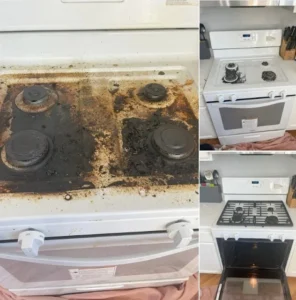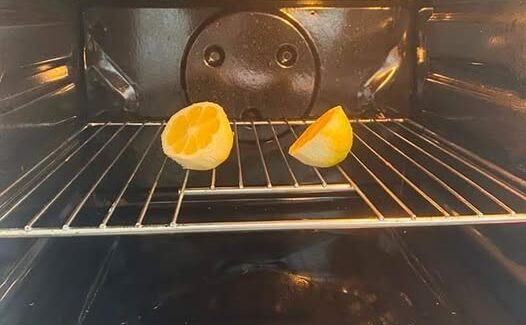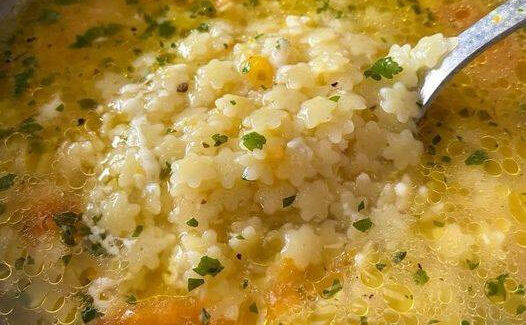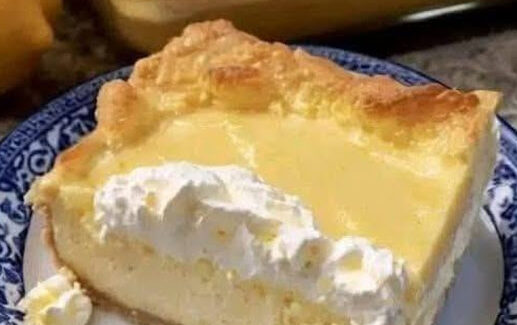Step 3: Apply the Paste
- Use a sponge or cloth to apply the paste generously over the stove’s surface, focusing on greasy or stained areas.
- For burnt-on food or stubborn stains, apply a thicker layer of paste and let it sit for 10-15 minutes. This allows the mixture to break down grime.
Step 4: Scrub the Surface
- Using a sponge or soft cloth, gently scrub the stove. Avoid abrasive scrubbing pads that can scratch the surface, especially on glass or stainless steel stoves.
- Use an old toothbrush to clean around burner edges, control knobs, and other tight spaces.
Step 5: Degrease with Vinegar Spray
- Mix equal parts white vinegar and water in a spray bottle.
- Spray the entire stove surface, allowing the vinegar to react with the baking soda paste. This will create a fizzing action that helps lift away tough grime.
- Wipe the surface with a damp cloth to remove the residue.
Step 6: Clean the Grates and Knobs
- While the stove dries, scrub the grates, burner caps, and knobs that you soaked earlier. Use the toothbrush to remove grease from hard-to-reach areas.
- Rinse with water and dry them thoroughly with a clean towel.
Step 7: Polish the Stove
- Use a damp microfiber cloth to wipe the stove one final time, ensuring no streaks or residue remain.
- For a stainless-steel stove, apply a small amount of olive oil or a stainless-steel cleaner to a cloth and buff the surface for a polished, fingerprint-free finish.
Extra Tips for Maintaining a Sparkling Stove
- Wipe Daily: After cooking, wipe the stove with a damp cloth to prevent grease buildup.
- Use Splatter Guards: When frying or sautéing, use a splatter guard to minimize mess.
- Deep Clean Weekly: Dedicate 15-20 minutes weekly to deep cleaning your stove to avoid stubborn stains.
- Use Drip Pans: Place drip pans or liners under burners to catch spills and make cleaning easier.
- Avoid Abrasives: Always use non-abrasive cleaning tools to protect the stove’s finish.
Why This Recipe Works
- Baking Soda: Its mild abrasiveness effectively removes grime without scratching the surface.
- White Vinegar: Its acidity cuts through grease and neutralizes odors.
- Dish Soap: Dissolves stubborn grease and adds lather for easier scrubbing.
- Lemon Juice: Provides additional degreasing power and a fresh scent, leaving your stove smelling clean.
Conclusion
Keeping your stove sparkling doesn’t have to involve harsh chemicals or hours of scrubbing. With this easy-to-follow recipe, you can maintain a clean and inviting kitchen in just a few simple steps. By incorporating regular cleaning habits and using natural ingredients, your stove will stay spotless, functional, and ready for your next cooking adventure. Happy cleaning!









No Responses Yet